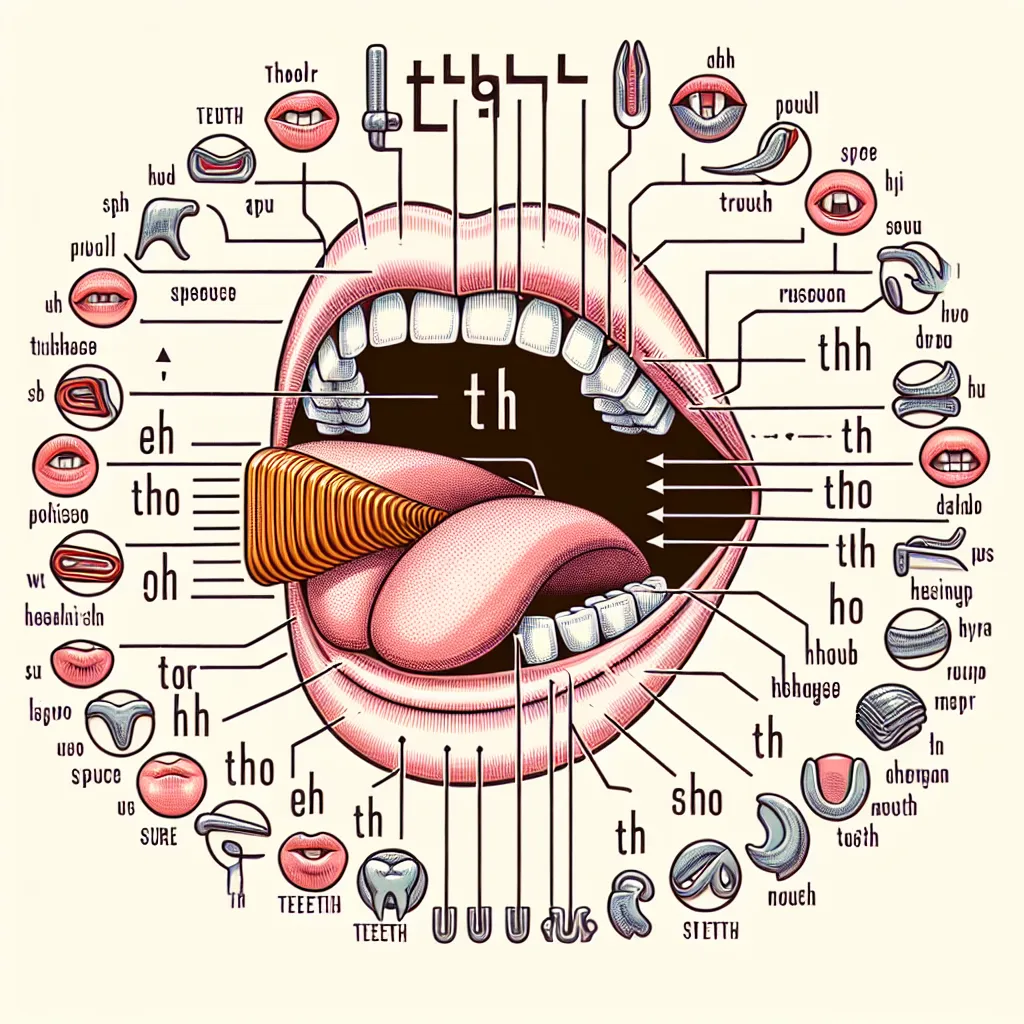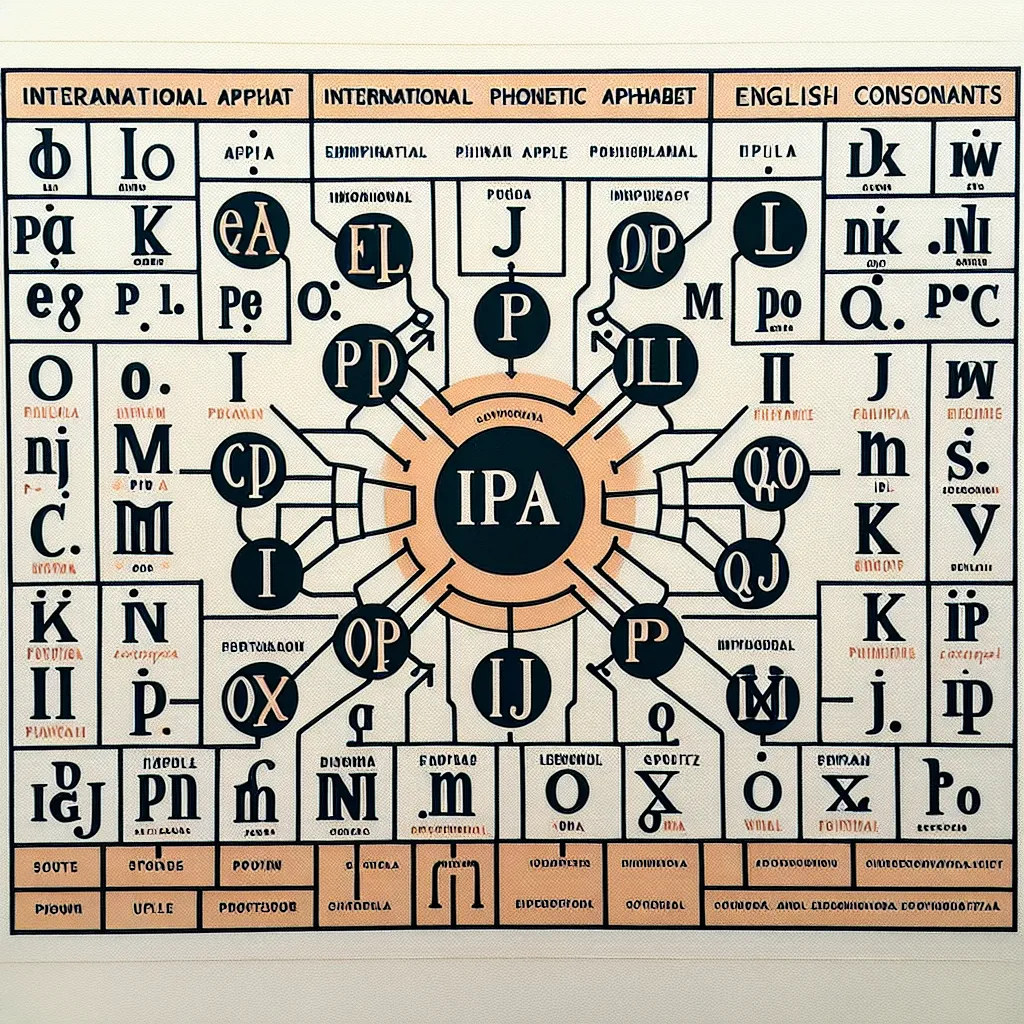Are you struggling with English pronunciation, particularly when it comes to vowel sounds? You’re not alone. Many language learners find mastering the English vowel chart challenging. In this comprehensive guide, we’ll explore effective tips and strategies to help you conquer the English vowel chart and improve your pronunciation skills.
Understanding the English Vowel Chart
The English vowel chart, also known as the vowel quadrilateral, is a visual representation of the positions of the tongue and lips when producing different vowel sounds. It’s an essential tool for learners aiming to perfect their English pronunciation.
Why is the Vowel Chart Important?
Mastering the vowel chart is crucial for several reasons:
- Improved Clarity: Correct vowel pronunciation enhances the clarity of your speech.
- Reduced Accent: It helps in minimizing your native language accent.
- Better Listening Skills: Understanding vowel sounds improves your ability to comprehend native speakers.
 English Vowel Chart Diagram
English Vowel Chart Diagram
Key Components of the English Vowel Chart
Vowel Height
Vowel height refers to how high or low your tongue is positioned in your mouth when producing a vowel sound.
- High vowels: /i:/ (as in “see”), /ʊ/ (as in “book”)
- Mid vowels: /e/ (as in “bed”), /ə/ (as in “about”)
- Low vowels: /æ/ (as in “cat”), /ɒ/ (as in “hot”)
Vowel Frontness
This describes how far forward or back your tongue is positioned.
- Front vowels: /i:/ (as in “see”), /e/ (as in “bed”)
- Central vowels: /ə/ (as in “about”), /ʌ/ (as in “cup”)
- Back vowels: /u:/ (as in “blue”), /ɔ:/ (as in “caught”)
Lip Rounding
Some vowels require rounded lips, while others are produced with spread lips.
- Rounded: /u:/ (as in “blue”), /ɒ/ (as in “hot”)
- Unrounded: /i:/ (as in “see”), /æ/ (as in “cat”)
Effective Strategies for Mastering the Vowel Chart
1. Start with Isolated Sounds
Begin by practicing each vowel sound in isolation. Focus on the tongue and lip positions for each sound.
2. Use Mirror Practice
Practice in front of a mirror to observe your mouth shape and tongue position. This visual feedback is invaluable for self-correction.
3. Employ Minimal Pairs
Work with minimal pairs – words that differ by only one sound. For example:
- “sheep” vs. “ship” (/i:/ vs. /ɪ/)
- “cat” vs. “cut” (/æ/ vs. /ʌ/)
4. Utilize Online Resources
Take advantage of online pronunciation guides and interactive vowel charts. Websites like the International Phonetic Association offer valuable resources.
5. Record and Listen
Record yourself pronouncing vowel sounds and words. Compare your pronunciation with native speaker recordings.
 Self-recording for Pronunciation Practice
Self-recording for Pronunciation Practice
6. Practice with Tongue Twisters
Tongue twisters are excellent for honing your vowel pronunciation skills. Try this one:
“She sells seashells by the seashore.”
This sentence practices the /i:/, /e/, and /ʌ/ sounds.
7. Immerse Yourself in English Media
Listen to English podcasts, watch English movies, and sing along to English songs. This immersive approach helps train your ear and improves your pronunciation naturally.
Common Mistakes and How to Avoid Them
-
Confusing Long and Short Vowels: Practice distinguishing between long vowels (like in “sheep”) and short vowels (like in “ship”).
-
Neglecting Schwa Sound: The schwa /ə/ is the most common vowel sound in English. Pay special attention to it in unstressed syllables.
-
Overemphasizing Vowels: In natural speech, not all vowels are pronounced with equal stress. Learn about word stress patterns to avoid this mistake.
-
Ignoring Diphthongs: Some vowel sounds in English are actually a combination of two vowels (diphthongs). Practice these separately.
-
Not Adapting to Regional Variations: Be aware that vowel sounds can vary between different English accents. Familiarize yourself with the accent you’re aiming to achieve.
The Phonemic Chart and Commonly Mispronounced Words
Here’s a simplified version of the English phonemic chart focusing on vowels:
- /i:/ (see), /ɪ/ (sit), /e/ (bed), /æ/ (cat)
- /ʌ/ (cup), /ɑ:/ (car), /ɒ/ (hot), /ɔ:/ (caught)
- /ʊ/ (book), /u:/ (blue), /ɜ:/ (bird), /ə/ (about)
Ten commonly mispronounced words related to vowel sounds:
- “Comfortable” – often mispronounced as “comf-ter-bull” instead of “cumf-tuh-bull”
- “Wednesday” – the first ‘d’ is silent: “wenz-day”
- “Clothes” – often mispronounced as “close”
- “Pronunciation” – not “pronounciation”
- “Hierarchy” – “hi-er-ar-ky”, not “hi-ar-ky”
- “Chaos” – pronounced “kay-oss”, not “chay-oss”
- “Thoroughly” – “thur-uh-lee”, not “thro-lee”
- “Sixth” – often mispronounced as “sicth”
- “Façade” – pronounced “fa-sahd”, not “fa-kade”
- “Heir” – pronounced like “air”, not “hair”
Practice these words regularly, focusing on the correct vowel sounds.
Conclusion
Mastering the English vowel chart is a journey that requires patience and consistent practice. By understanding the mechanics of vowel production and employing the strategies outlined in this guide, you can significantly improve your English pronunciation. Remember, the key to success is regular practice and self-awareness.
For more tips on improving your overall English pronunciation, check out our guide on how to improve English pronunciation. Keep practicing, and don’t hesitate to seek feedback from native speakers or language teachers. Your efforts will pay off, leading to clearer, more confident English communication.
We’d love to hear about your experiences with mastering the English vowel chart. Share your tips and challenges in the comments below!




